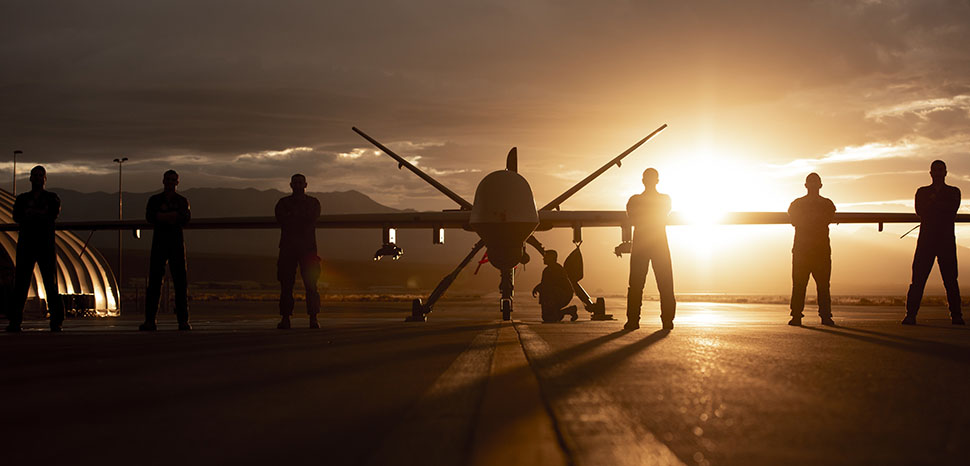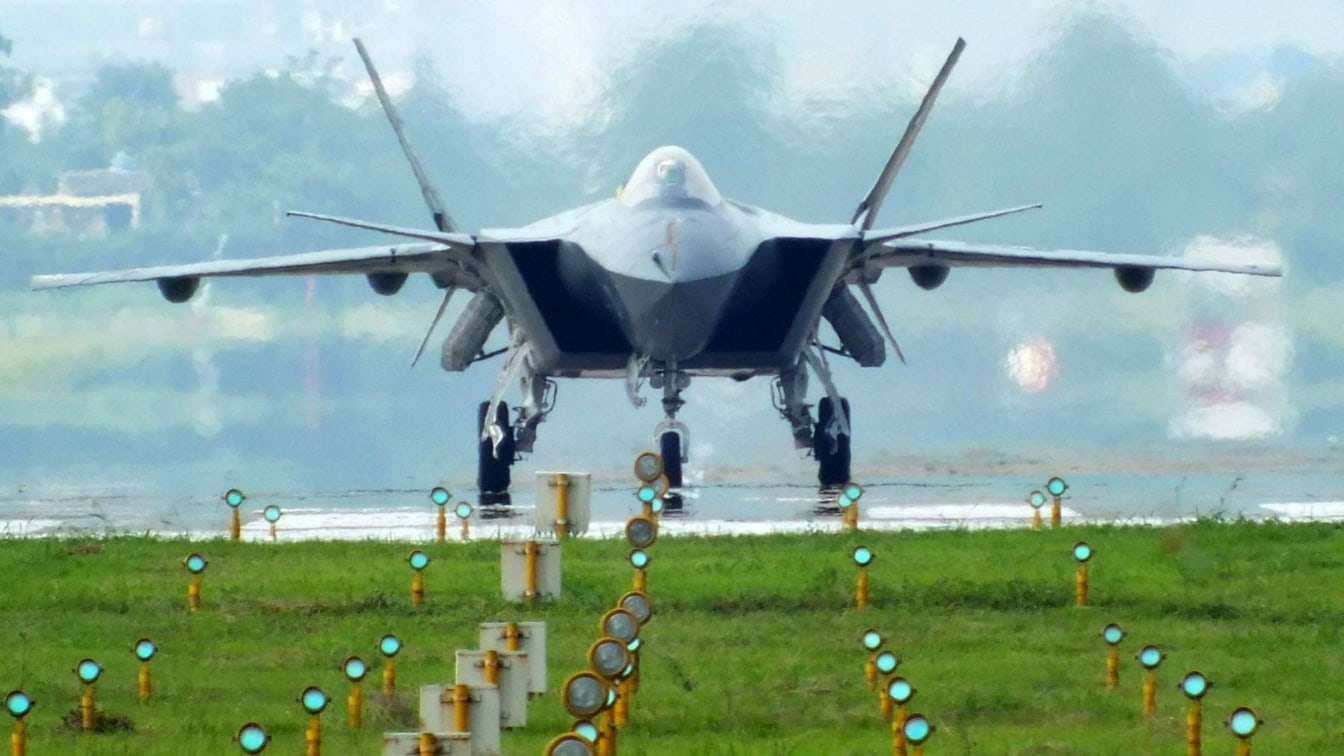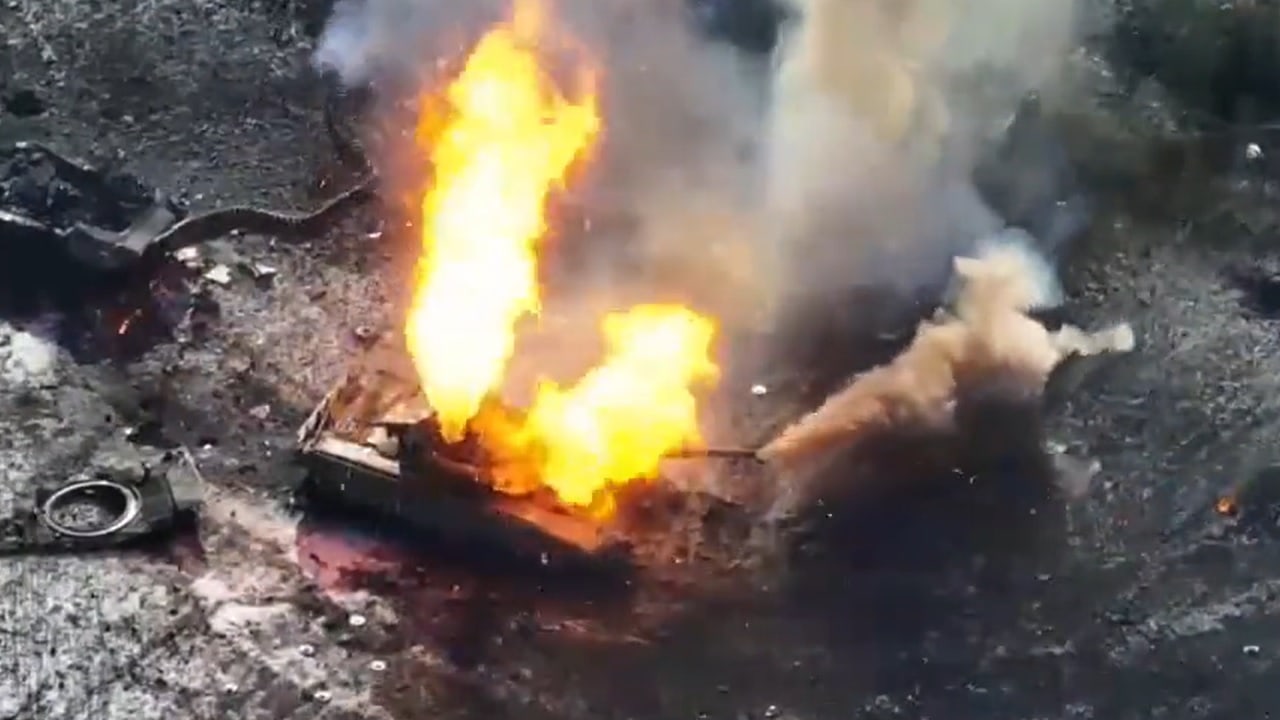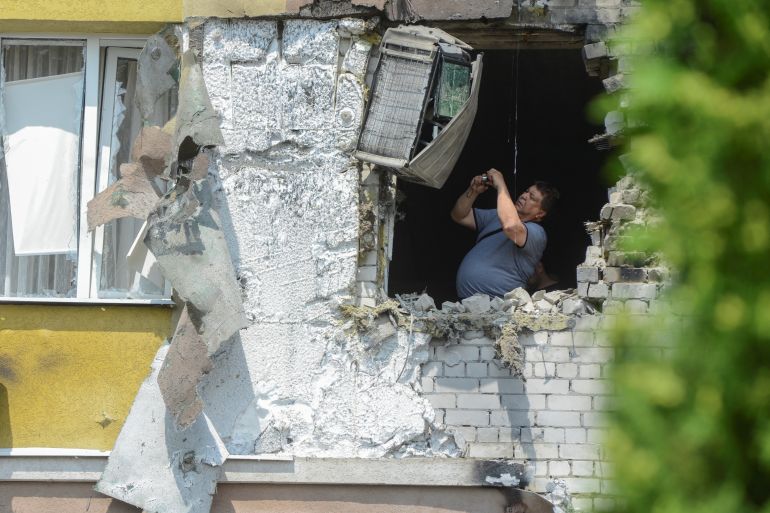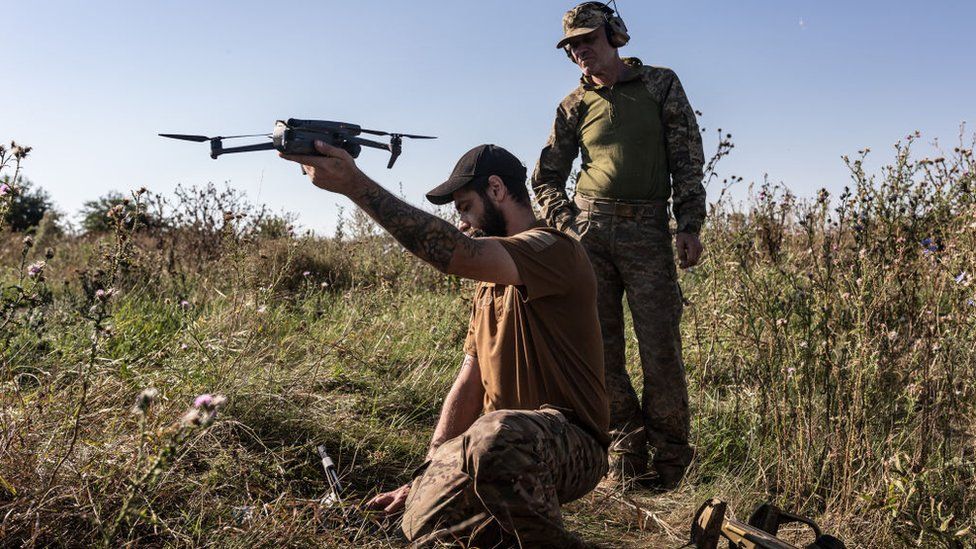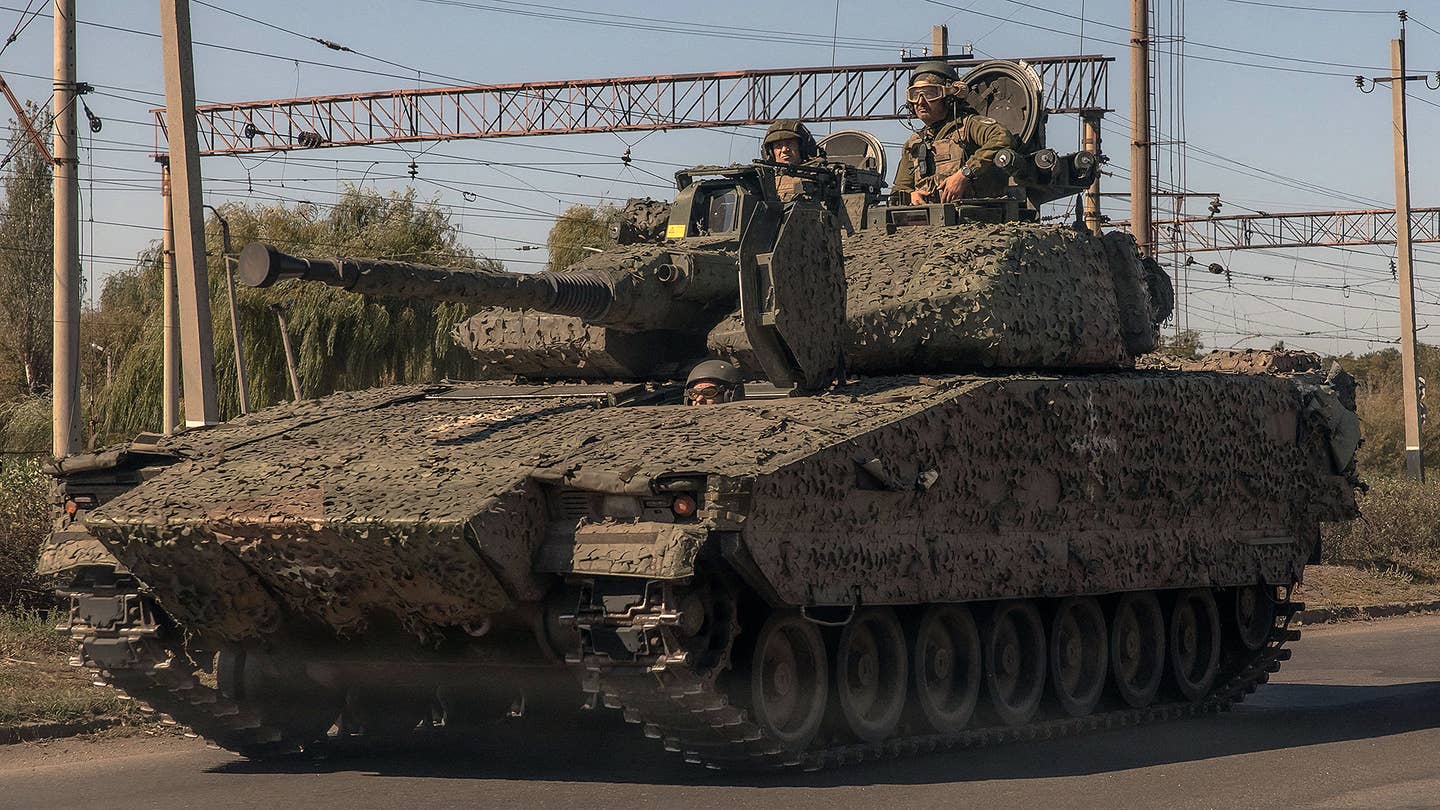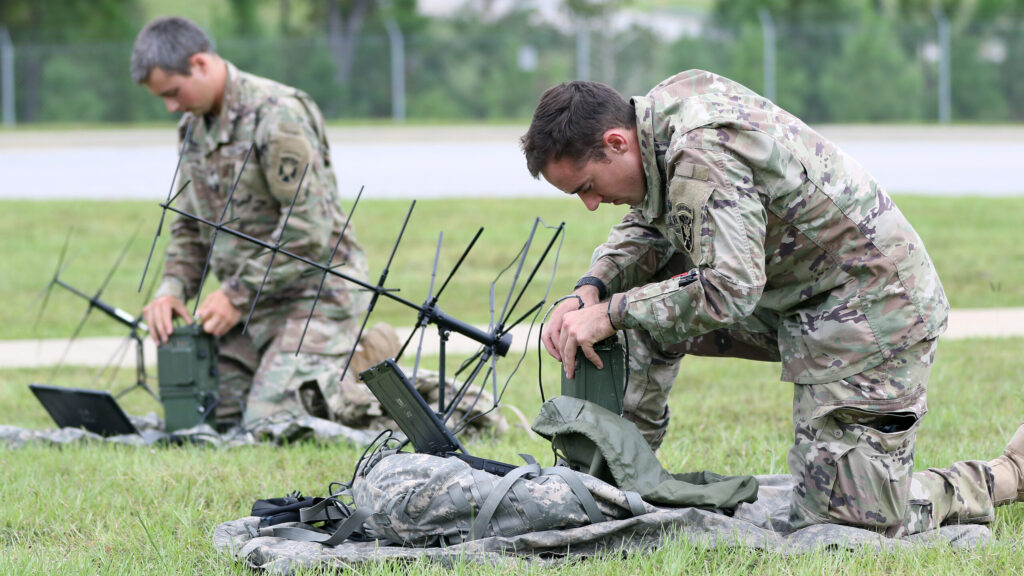DR NITHIYANANDAM
TL; DR
- China has made substantial investments in the Western Theatre Command, including constructing new airbases and heliports and improving existing infrastructure.
- Many of these airbases in Tibet and Xinjiang serve dual civilian and military purposes.
- China's rapid construction pace and utilisation of cutting-edge technology indicate its commitment to maintaining a long-term presence in the region.
- All military installations aim to be constructed with self-sufficient infrastructure and amenities.
- This study used high-resolution satellite images to analyse three operational dual-purpose airports and two airbases under construction in Central Tibet. Additional analysis will follow.
Since the confrontations between India and China in both 2017 and 2022, there has been a noticeable strengthening of China's People's Liberation Army Air Force (PLAAF) presence in the strategically important places of Tibet and Xinjiang provinces, which are situated in close proximity to Indian territory. This enhancement has primarily focused on bolstering air defence capabilities and power projection.
China has undertaken significant developments in Western theatre command in these regions, including constructing new airbases and heliports and substantially improving existing infrastructure. These upgrades encompass lengthening runways and enhancing defence systems to ensure heightened operational efficiency.
The Western Theatre Command, one of the five Theatre Commands within the People's Liberation Army, includes Tibet and Xinjiang. Headquartered in Chengdu, this command is tasked with safeguarding China's borders with India and Russia, a challenging mission due to the region's imposing mountainous terrain complicating troop movement. The Western Theatre Command has operational responsibility for the Sion-Indian Border.
